No headline provided
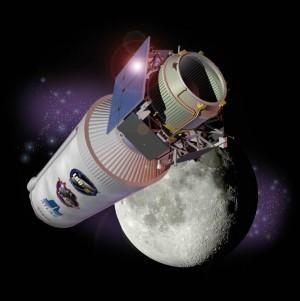
November 15, 2009
“The argument that the moon is a dry, desolate place no longerholds water,” says a press release from NASA. AMoon mission launched by the agency has confirmed the presence ofwater on the moon. The discovery comes a year after a NASAinstrument on an Indian lander indicatedthere were water molecules on the surface of our satellite.
On September 24, 2008 the IndianSpace Research Organisation had stated Chandrayaan-1 haddiscovered water based on readings from NASA’s MoonMineralogy Mapper, one of eleven instruments carried by theprobe. Those results indicated water was widespread in lowquantities. That probe, launched in October 2008, had to beabandoned on August 30 when contact was lost with it on the Moon’ssurface.
The new mission, called LCROSS, consisted of twoseparate spacecraft which travelled the 250,000 miles together inJune before separating. An empty rocket slammed into the Cabeus crater, near thesouthern pole, while a small spacecraft stayed behind to takemeasurements from the plume of debris thrown up, although it tooultimately crashed into Cabeus. Across the United Statespeople spent the night on lawns and in parks hoping to see theimpact, on the 40th anniversary of the first Apollo Moon landing, butit was invisible to the naked eye. NASA had predicted a visiblesix-mile plume; the reality was only a mile high.
The twin impacts on October 9 are now known to have sent 25gallons of water ice and vapour into the air amongst the debriskicked up from the 60 to 100 foot wide hole produced by the rocket.This amount only accounts for the debris scientists could actuallysee over the rim, and the remaining debris could contain morewater. It is unclear how much water may be distributed accross theMoon, although hydrogen at the polessuggests water ice there.
LCROSS stands for lunar crater observation and sensingsatellite, which was the satelite’s name, while its rocketcompanion was called Centaur. It took a month to analyse thespectrometer datafrom the mission, and efforts are ongoing to determine thecomposition of the remaining material kicked up out the crater. Thewhole project cost $75 million.
“We got more than just whiff. We practically tasted it with theimpact,” said project co-investigator Peter H Schultz. The materialthrown up split into a curtain travelling sideways and a plume thatpassed the crater’s rim, bringing it into the sunlight for thefirst time in billions of years. Both contained water. “We areecstatic,” said project leader Anthony Colaprete. “We didn’t findjust a little bit, we found a significant amount.”
Michael Wargo, who heads up lunar research for NASA, said “We’reunlocking the mysteries of our nearest neighbour and by extensionthe solar system. It turns out the moon harbours many secrets, andLCROSS has added a new layer to our understanding.” It is thoughtthat by analysing the water we can learn of the moon’s history, ina fashion similar to investigating Earth history with icecores.
University ofMaryland physicist Robert Park cautioned that people should notassume that water on the lunar surface would support a colony.”They’ve haven’t found a big reservoir of it,” he said. “I suspectthis is just water clinging to the soil particles.”
“We are ecstatic. We didn’t find just a little bit, wefound a significant amount.” – Project leaderAnthony Colaprete
Buzz Aldrin, one ofthe first to walk on the Moon when he followed pioneer Neil Armstrongout of Apollo 11, said he waspleased by the news but added that “People will overreact to thisnews and say, ‘Let’s have a water rush to the moon.’ It doesn’tjustify that.” Aldrin wants the US to aim to colonise Mars, butNASA is looking at more lunar trips. Last month a new rocket wastested, and Barack Obama has setup a panel to look at possible Moon missions. George W. Bush hadpreviosuly proposed a $100 billion programme to put more astronautsonto the Moon. NASA wants to return by 2020 and build a lunar base,allowing astronauts to remain for months at a time.


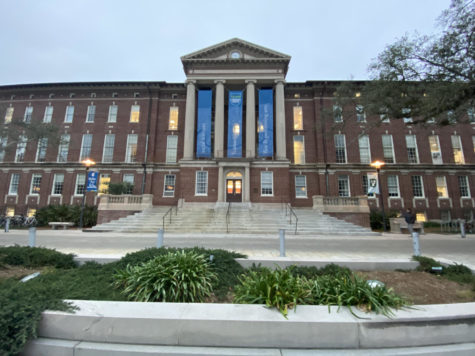








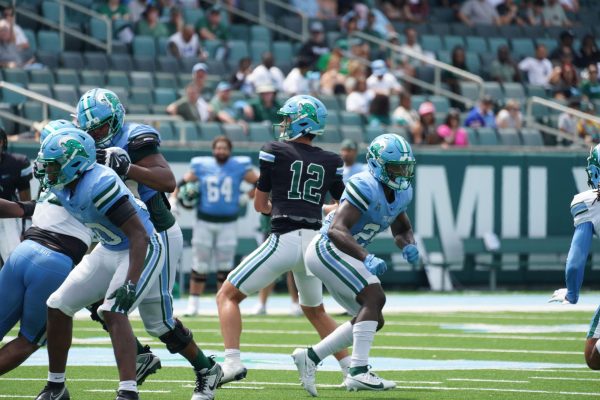


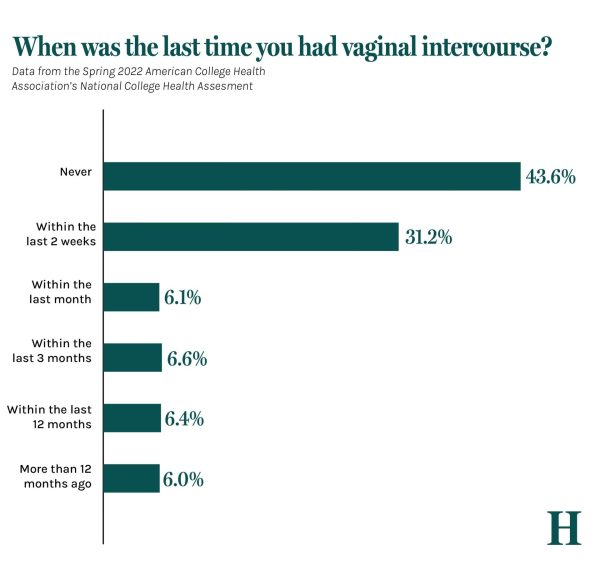






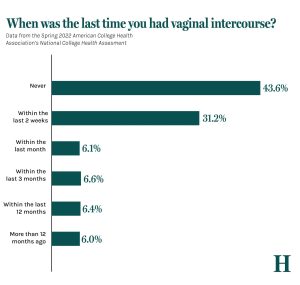

Leave a Comment